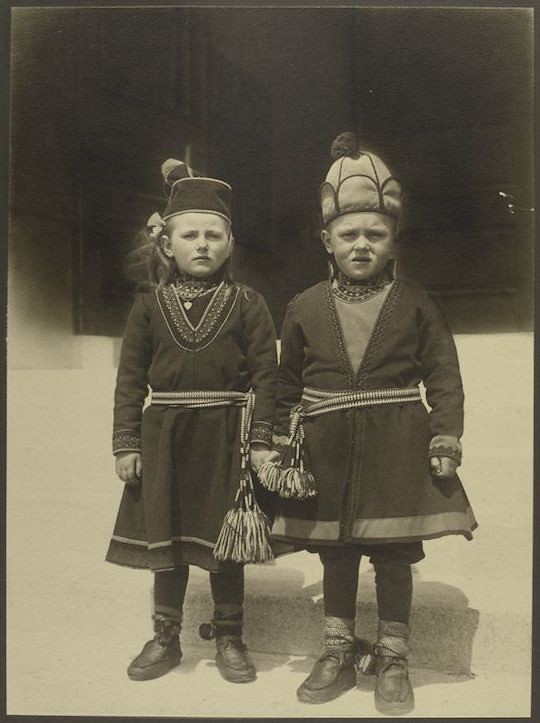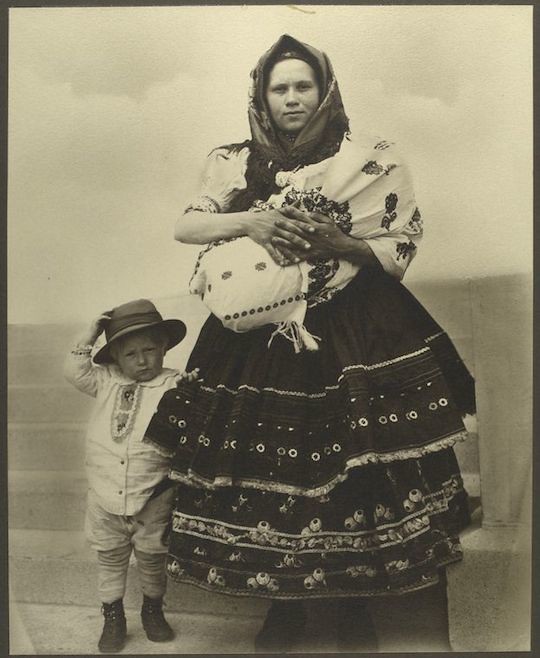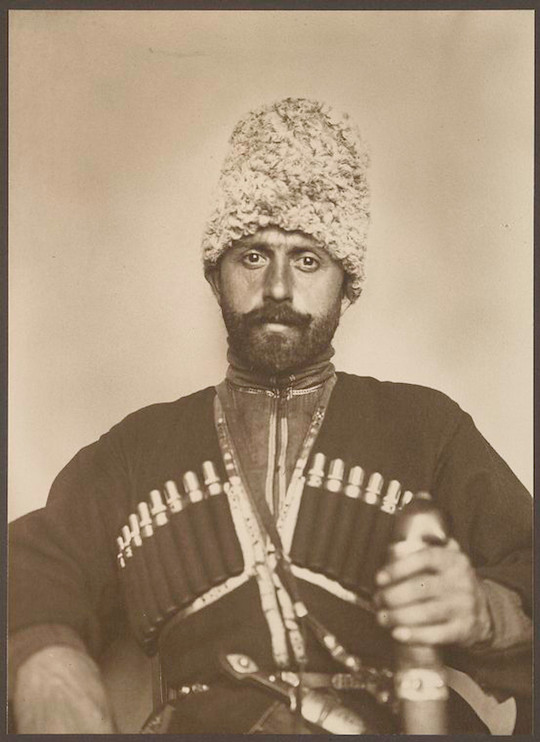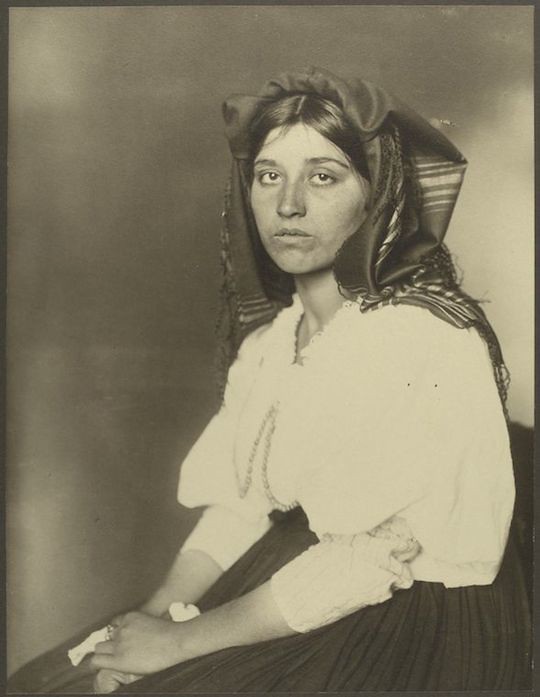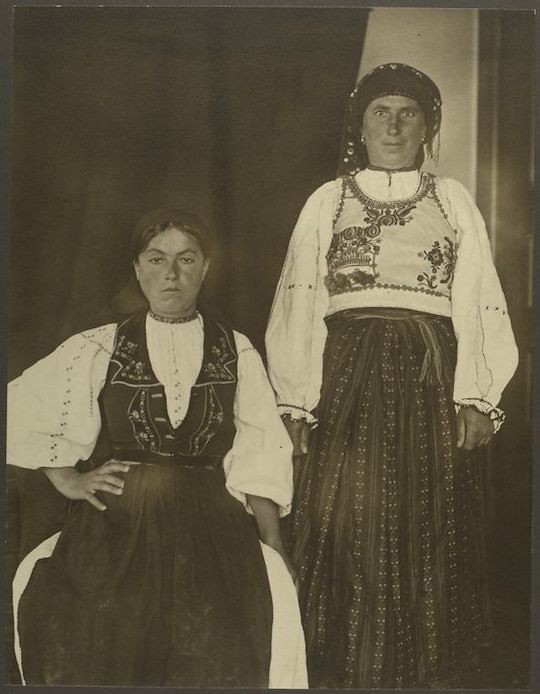In Social Science we will be studying population. We are going to do a project about immigrants and emigrants. This is what you need to do:
Find out if anyone in your family has been an emigrant or immigrant at some time in his/her life. (If not, you can think of someone you know who is not in your family.) Ask these questions and make a poster (A4 size) with a photo or drawing of the person or country, a map, etc. You can also ask other things about their experience.
Averigua si alguien en tu familia ha sido emigrante o inmigrante en algún momento. (Si no hay nadie, podéis pensar en algún conocido, aunque no sea de la familia.) Hay que hacer estas preguntas y hacer un póster (tamaño folio) con alguna foto de la persona, el país, un mapa, etc. Si hay alguno que no podéis contestar, no pasa nada. También se puede preguntar otras cosas sobre su experiencia. Pongo la traducción, ya que a lo mejor tienes que hacer las preguntas en español (o en otra idioma!)
But, the poster has to be in English!
If no one in your family has emigrated to another country, perhaps somoene has left the village to live in a city, or moved to a different autonomous community. Let's see what you can discover!
Si nadie en la familia ha emigrado a otro país, a lo mejor se ha ido del pueblo para vivir en una ciudad, otra comunidad autónoma, etc. ¡A ver lo que podáis averiguar!
Name:___________________________________
Birthplace:________________________________ (país donde nació)
What country did he/she emigrate to?_______________________ (a qué país fue?)
When did he/she emigrate?_______________________________ (Cuándo?)
Why did he/she emigrate?________________________________(Por qué?)
Did the person return again to live in his/her birthplace?_________ (¿volvió a vivir en su país de origen?)
When and why?_________________________________________
What did he/she bring to the new country?_____________________ (¿qué se llevó consigo al país nuevo?)
What did he/she miss most?_________________________________ ¿Qué es lo que más echó de menos de su país de orígen?
What was the experience like?_______________________________ ¿Cómo fue su experiencia?

